Saltwater Aquarium Fish Diseases
Updated on 05/27/24
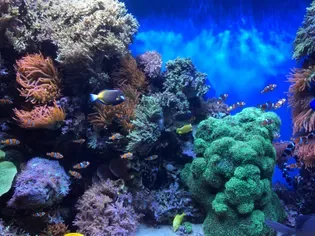
Unveiling the Mysteries of Saltwater Aquarium Fish Diseases: A Comprehensive Guide
Introduction
The vibrant and enigmatic world of saltwater aquariums captivates hobbyists with its unparalleled beauty and diversity. However, maintaining the health and well-being of these delicate creatures can be a challenging endeavor. Fish diseases, both common and obscure, pose a constant threat to the fragile ecosystems within our tanks.
In this extensive blog post, we delve into the realm of saltwater aquarium fish diseases, providing a comprehensive guide to help you identify, treat, and prevent these ailments. Armed with knowledge and understanding, you can safeguard the health of your beloved aquatic companions and ensure their long and flourishing lives.
Common Saltwater Aquarium Fish Diseases
1. Ichthyophthirius multifiliis (Ich)
Ich, also known as white spot disease, is one of the most prevalent and easily recognizable fish diseases. It is caused by a ciliated protozoan parasite that forms white, raised spots on the fish's body, fins, and gills.
Symptoms:
* White spots resembling salt crystals
* Flashing or rubbing against objects
* Increased breathing rate
* Loss of appetite
Treatment:
* Raise tank temperature to 80-85°F (27-29°C)
* Add aquarium salt (1 teaspoon per 5 gallons)
* Use copper-based medications specifically formulated for ich
* Perform frequent water changes
2. Cryptocaryon irritans (Marine Ich)
Marine ich, also known as saltwater ich or clownfish disease, is another common protozoan parasite that infects saltwater fish. It is highly contagious and can spread rapidly through the aquarium.
Symptoms:
* Tiny, white spots resembling grains of sand
* Flashing or rubbing against objects
* Rapid breathing
* Loss of appetite
* Lethargy
Treatment:
* Raise tank temperature to 75-80°F (24-27°C)
* Use copper-based medications specifically formulated for marine ich
* Perform daily water changes of 25-50%
* Treat the entire tank, even if only one fish is infected
3. Brooklynella hostilis (Brooklynella Disease)
Brooklynella disease is caused by a parasitic protozoan that attacks the skin and gills of saltwater fish. It can lead to severe skin damage, secondary bacterial infections, and even death.
Symptoms:
* White or gray, thread-like tufts on the skin and gills
* Flashing or rubbing against objects
* Rapid breathing
* Loss of appetite
* Lethargy
Treatment:
* Use formalin-based medications specifically formulated for Brooklynella
* Perform daily water changes of 25-50%
* Treat the entire tank, even if only one fish is infected
4. Oodinium ocellatum (Oodinium Disease)
Oodinium disease, also known as velvet or gold dust disease, is caused by a parasitic dinoflagellate that attaches to the skin and gills of saltwater fish. It can lead to skin irritation, excessive mucus production, and respiratory distress.
Symptoms:
* Fine, gold or copper-colored dust-like particles on the skin and gills
* Flashing or rubbing against objects
* Rapid breathing
* Loss of appetite
* Lethargy
Treatment:
* Raise tank temperature to 82-84°F (28-29°C)
* Use copper-based medications specifically formulated for oodinium
* Perform daily water changes of 25-50%
* Treat the entire tank, even if only one fish is infected
5. Vibriosis (Bacteria)
Vibriosis is a bacterial infection caused by several different species of Vibrio bacteria. It can manifest in various forms, including skin infections, septicemia, and gastrointestinal distress.
Symptoms:
* Skin lesions, ulcers, or redness
* Bulging eyes
* Bleeding from the gills or mouth
* Loss of appetite
* Lethargy
Treatment:
* Use broad-spectrum antibiotics specifically formulated for saltwater fish
* Perform frequent water changes
* Isolate infected fish from the main tank
* Disinfect the entire tank and equipment
6. Uronema marinum (Uronema Disease)
Uronema disease is caused by a parasitic ciliated protozoan that attacks the gills of saltwater fish. It can lead to severe respiratory distress and even death.
Symptoms:
* Excessive mucus production on the gills
* Rapid breathing
* Gasping at the water surface
* Loss of appetite
* Lethargy
Treatment:
* Use formalin-based medications specifically formulated for Uronema
* Perform daily water changes of 25-50%
* Treat the entire tank, even if only one fish is infected
7. Lateral Line Erosion (LLE)
Lateral line erosion is a chronic condition characterized by the gradual loss of sensory cells in the lateral line system. It can affect various species of saltwater fish, leading to difficulties with balance and orientation.
Symptoms:
* Erosion or pitting along the lateral line
* Erratic swimming
* Difficulty maintaining orientation
* Loss of appetite
* Lethargy
Treatment:
* Improve water quality by performing regular water changes
* Ensure a balanced diet rich in vitamins and minerals
* Provide hiding places and sensory stimulation for affected fish
* Consult with a veterinarian for further diagnosis and treatment
8. Hole-in-the-Head Disease (HITH)
Hole-in-the-head disease is a slow-progressing condition that affects the head and body of saltwater fish. It is believed to be caused by a nutritional deficiency, poor water quality, or stress.
Symptoms:
* The appearance of small holes or depressions in the head
* Erosion of the forehead or snout
* Lesions on the body
* Loss of appetite
* Lethargy
Treatment:
* Improve water quality by performing regular water changes
* Ensure a balanced diet rich in vitamins and minerals
* Reduce stress levels by providing a stable environment
* Consult with a veterinarian for further diagnosis and treatment
Prevention of Saltwater Aquarium Fish Diseases
Prevention is paramount in maintaining the health of saltwater aquarium fish. Here are some proactive measures you can take to minimize the risk of disease outbreaks:
* Quarantine new fish for at least two weeks before adding them to the main tank.
* Regularly inspect your fish for any signs of disease.
* Maintain excellent water quality by performing regular water changes and monitoring water parameters.
* Provide a healthy and balanced diet that meets the specific nutritional needs of your fish.
* Avoid overstocking the tank and ensure there is adequate space and filtration for all inhabitants.
* Regularly clean and maintain your aquarium equipment, including filters, pumps, and hoses.
* Disinfect new plants and decorations before adding them to the tank.
* Limit the use of medications and chemicals, as they can disrupt the delicate balance of the aquarium ecosystem.
Conclusion
Saltwater aquarium fish diseases can pose a significant threat to the health and well-being of your aquatic companions. By understanding the causes, symptoms, and treatments of these ailments, you can effectively diagnose and manage disease outbreaks. Remember, prevention is always better than cure, so implementing proactive measures and maintaining a healthy aquarium environment is essential for safeguarding the longevity and vitality of your fish.
If you encounter any unusual symptoms or have concerns about the health of your fish, do not hesitate to consult with a qualified veterinarian specializing in aquatic medicine. They can provide expert advice, diagnose diseases accurately, and recommend appropriate treatment plans.
Explore More Pets
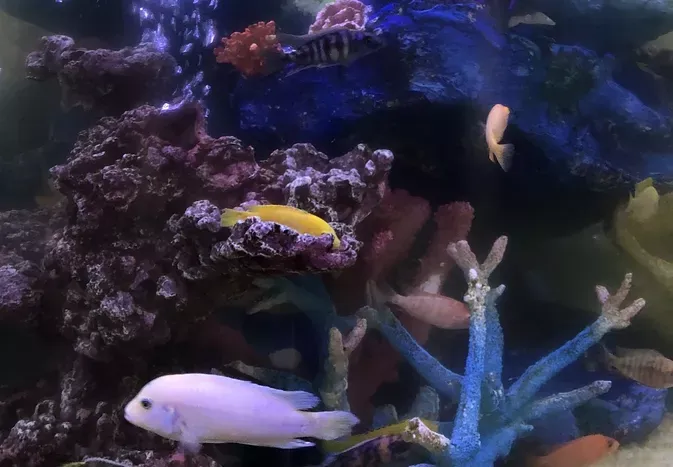
Freshwater Aquarium Filters
How to Deal With Cloudy Aquarium Water

Saltwater Aquarium Filters
How Do You Remove Chloramines From Tap Water?

Freshwater Aquariums & Habitat
Can I Keep My Koi Fish Inside?
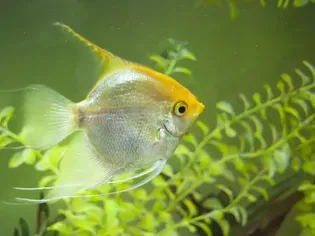
Saltwater Aquariums & Habitat
14 Best Floating Plants for Your Aquarium
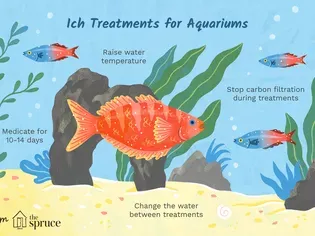
Freshwater Fish Health
How to Treat Ich on Freshwater Fish
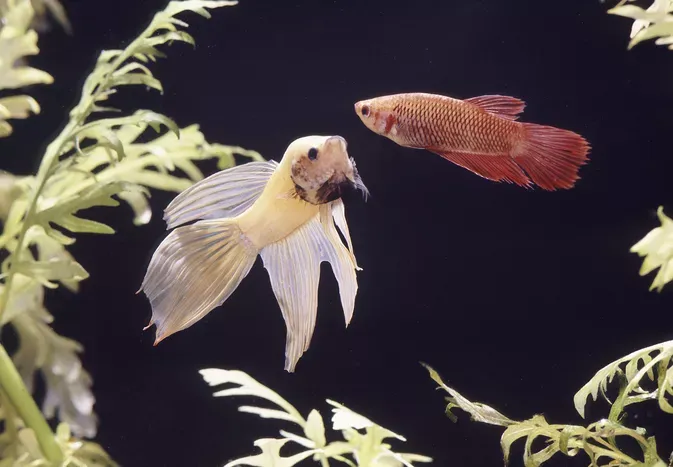
Saltwater Fish Health
Fin Rot in Aquarium Fish

Freshwater Aquarium Filters
How to Do Aquarium Water Changes
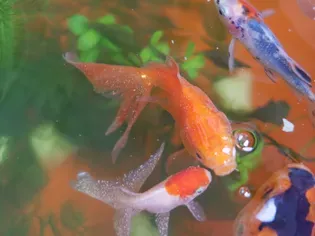
Saltwater Fish Health
How Do Fish Get Parasites?
